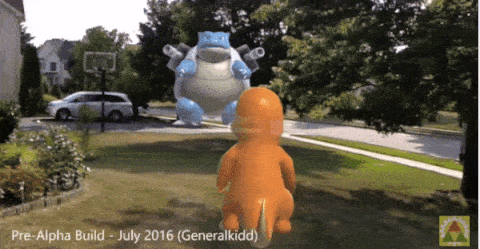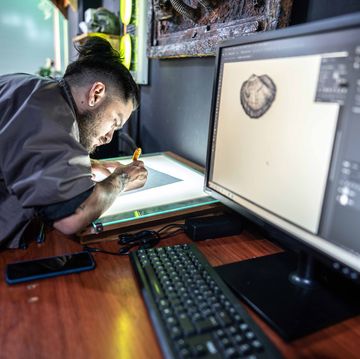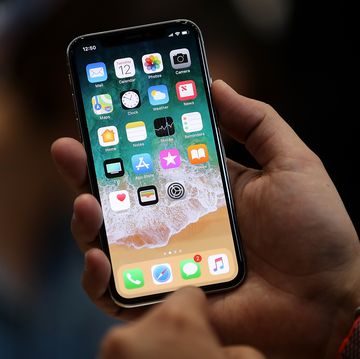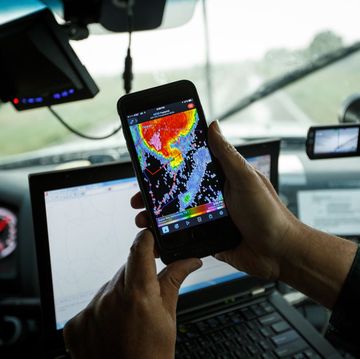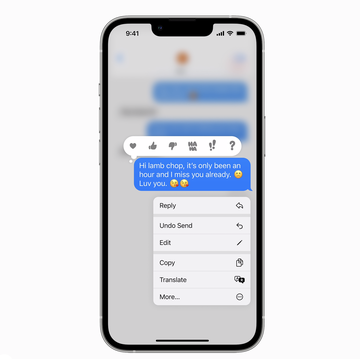Whether you love it, hate it, or don't care about it, Pokemon Go is sending thousands and thousands of wannabe trainers out into the world to catch fake, digital animal things with their pocket supercomputers. The appeal (to a nerd like me, at least) is simple and obvious. It's a nostalgia play that hooks directly into any collector's natural obsession with building the perfect, complete set. Or, as they say, Gotta Catch Em All.
But one of the game's flagship features is also probably its worst part, or at least its most disappointing one. The game's "augmented reality" or AR feature—which makes the Pokemon appear to exist in the physical world by overlaying them onto live footage from your phone's rear-facing camera—means that you have to look at the screen. Yes, Pokemon Go gets us nerds outside, and then once we are there we stare at our phones.
On top of that, using the camera just adds another drain to your phone's precious battery, and spinning around using your phone screen as a tiny, magic window through which you can spot Pokemon isn't a great way to play the game, even. Turning off this key part of the experience by diving into the settings actually makes it much simple, easier, more playable, and less obnoxious.
Which is why this prototype Hololens game look so great:
As Fast Company notes, Pokemon games (or at least demonstrations) for Hololens are being worked on by at least two developers: KennyWDev, and Generalkidd whose work you see above. The improvement is obvious. Instead of walking around, staring at a map on your phone, waiting for Pokemon to appear on your phone, and then capturing it by looking at your phone, a true augmented reality game like this would at least let you look out at the world instead of just walking into traffic.
Of course that one benefit would come hand-in-hand with a bunch of nightmare downsides. The Hololens—while it is completely self-powered and portable—is bulky and dumb-looking and will almost certainly be expensive. Maybe the mysterious Magic Leap can solve all those problems, but probably not.
Worse, though, is that headsets like Hololens generally take input in the form of voice controls and gestures instead of a silent and relatively subtle series of taps on a touchscreen. Fast Company paints a pretty vividly horrific picture of the potential future:
So if you think it's annoying elbowing past two Pokémon Go players as they flick their fingers at tiny monsters on the sidewalk today, just wait until they're dueling it out like a pair of cowboys in a Sergio Leone movie, both miming commands to imaginary monsters who are the size of small construction equipment.
Fair. I can hardly think of anything more terrible to witness or partake in.
That said, I think the future looks bright. With small enough headsets and maybe some sort of handheld controller instead of voice and gesture control, an AR game like this could be so much cooler (and maybe even less obtrusive) than Pokemon Go ever could be, even if that future is most likely decades away. If walking around looking for mystical monsters that don't actually exist isn't your cup of tea in any form, I completely understand. But at least in this AR future everyone isn't just looking at their phones.
Source: Generalkidd, Fast Company
